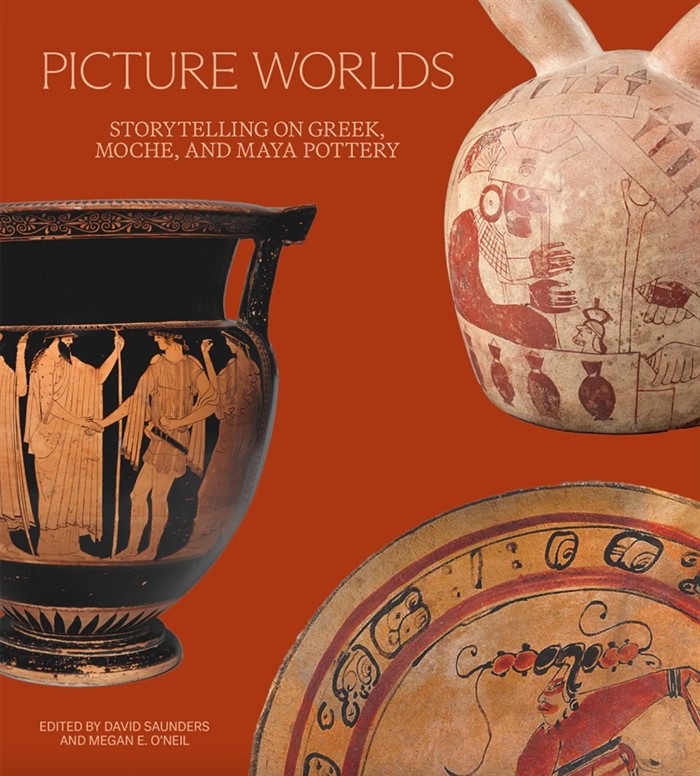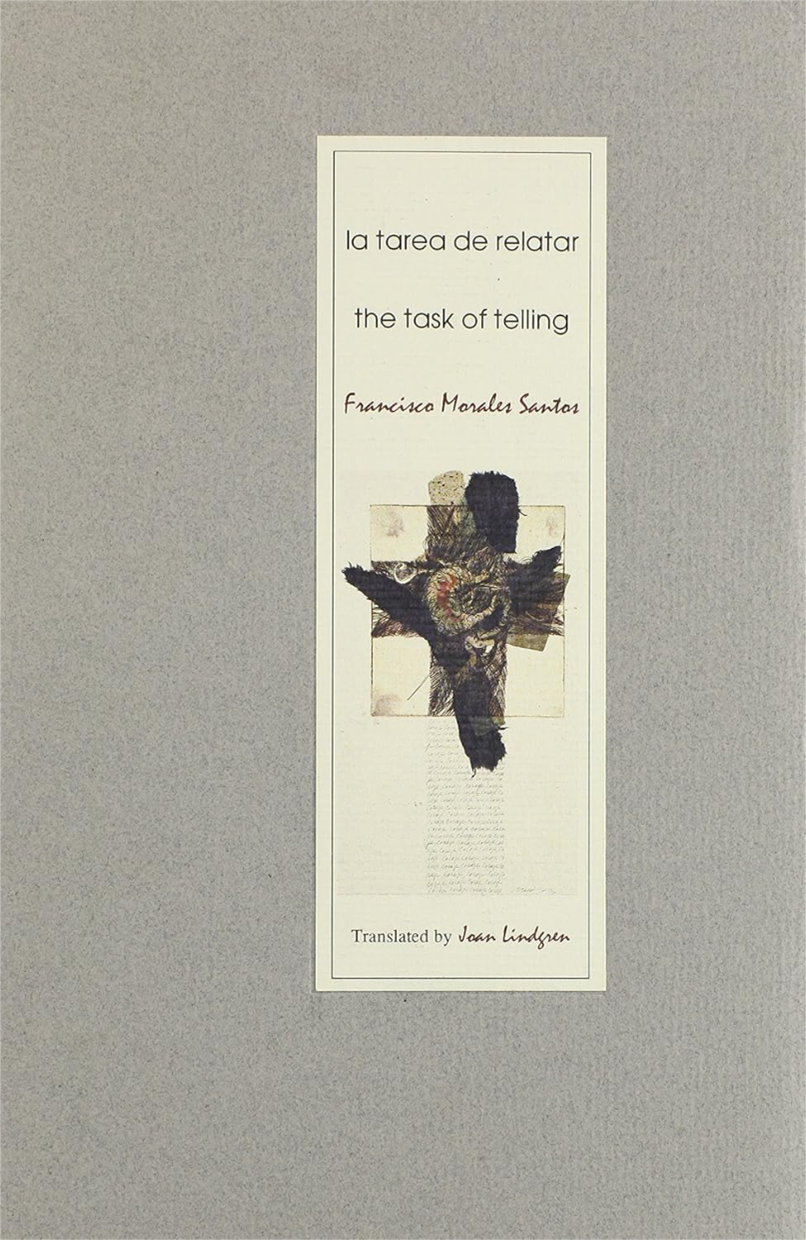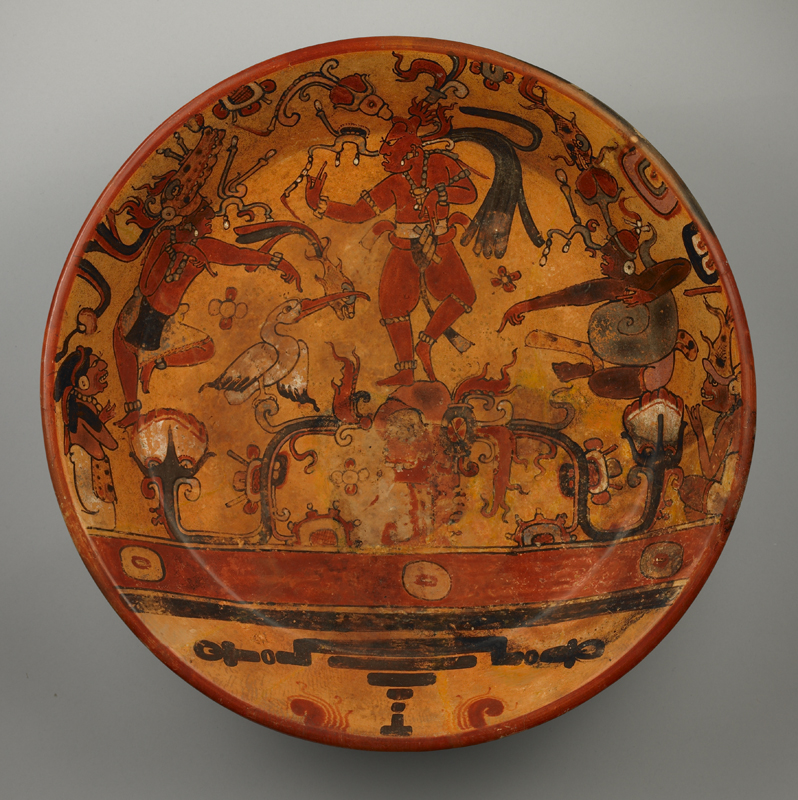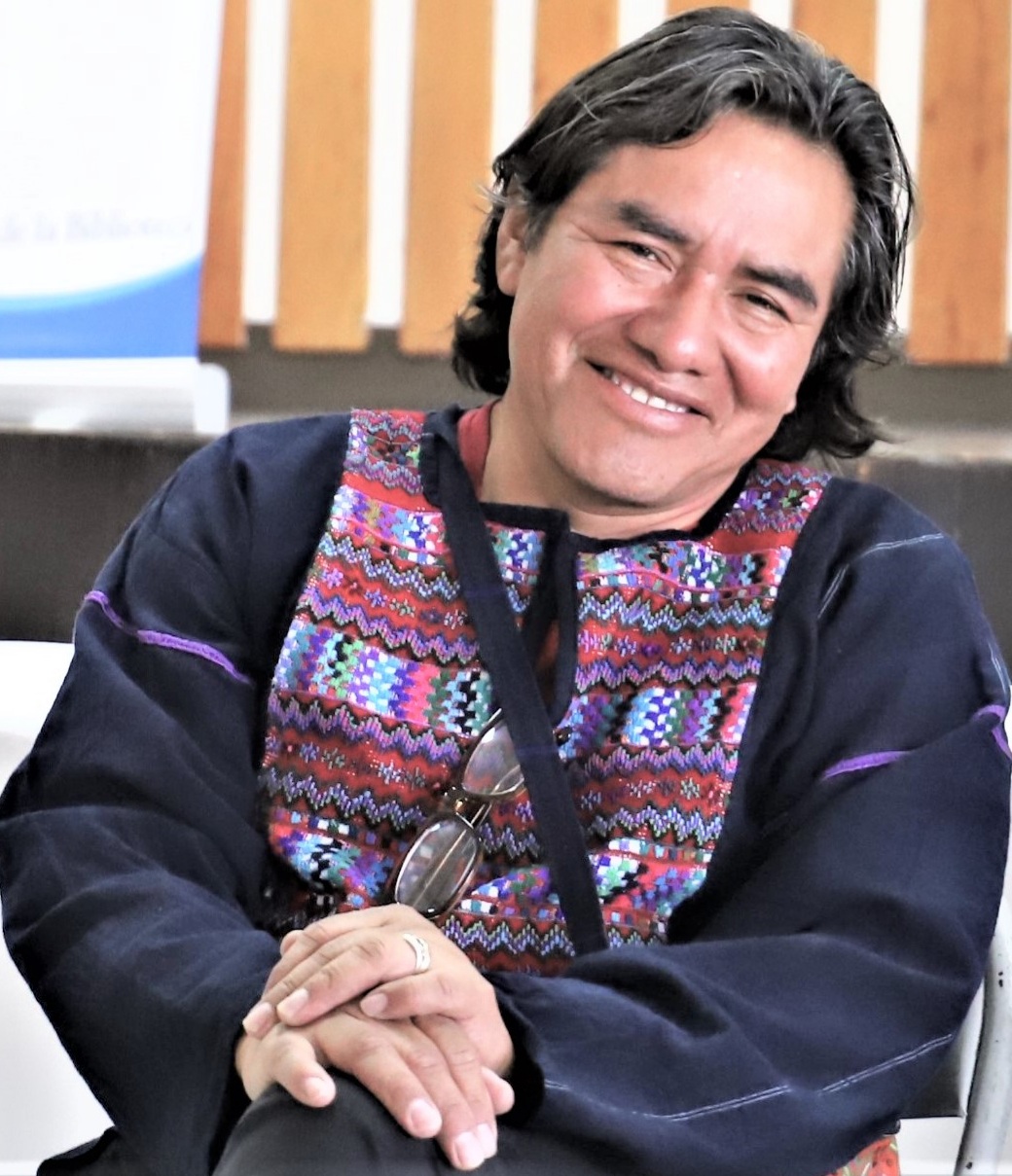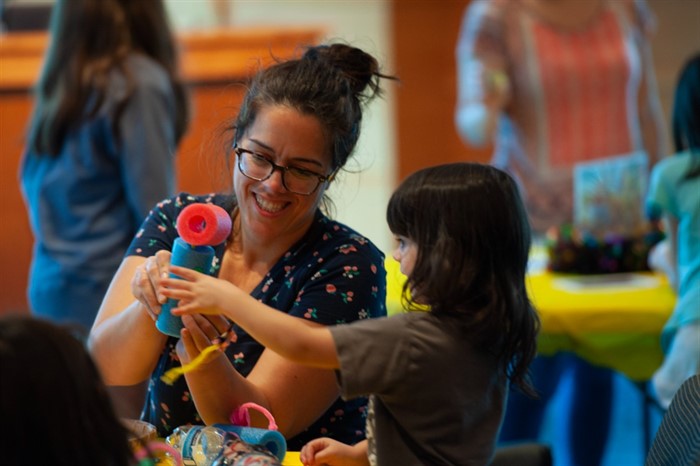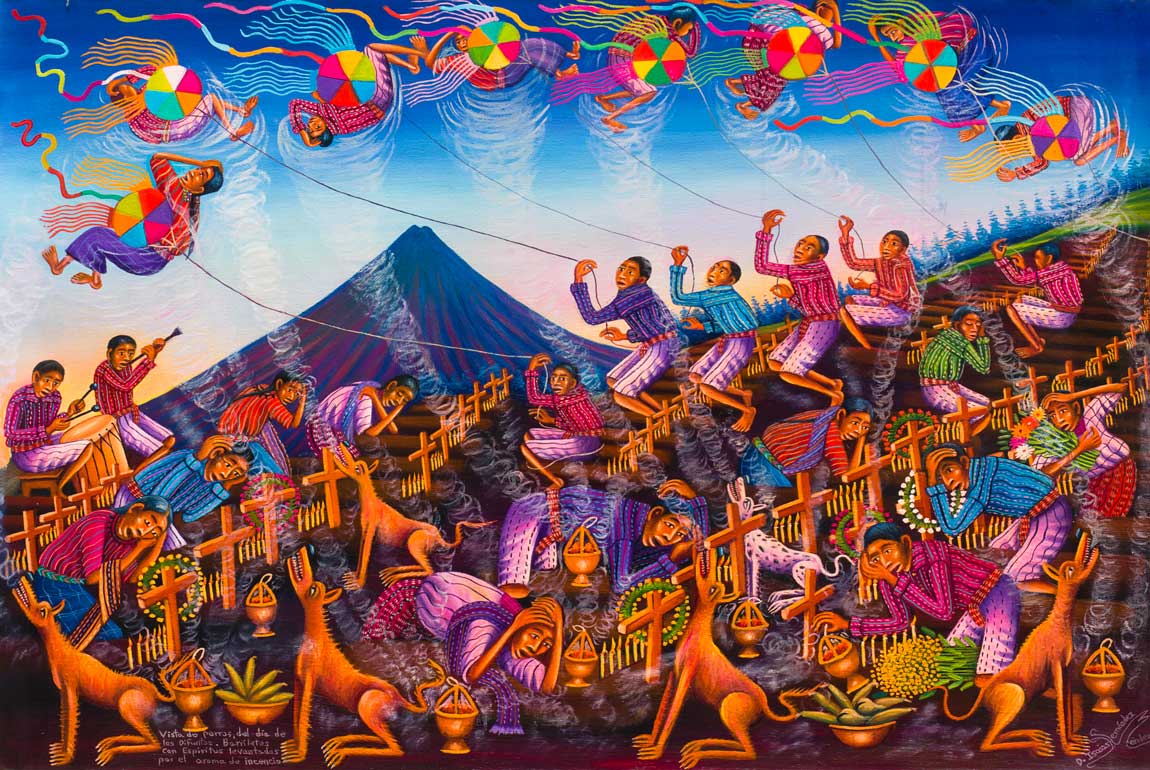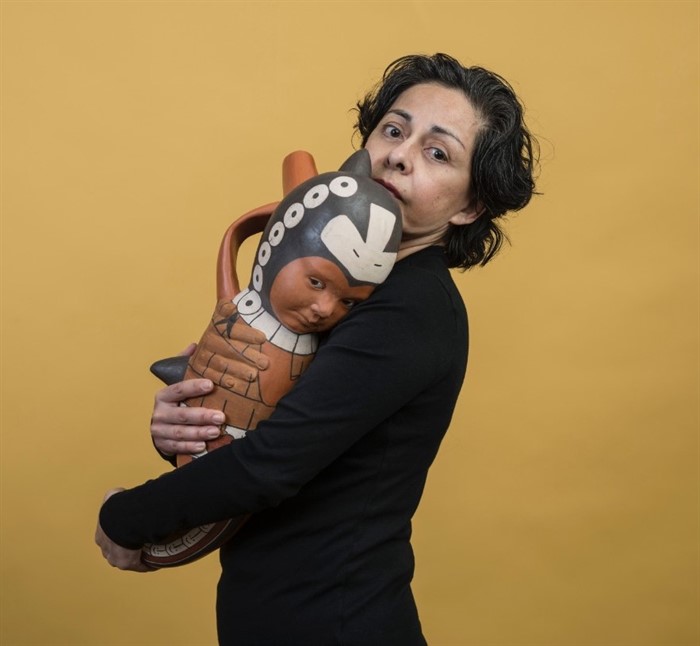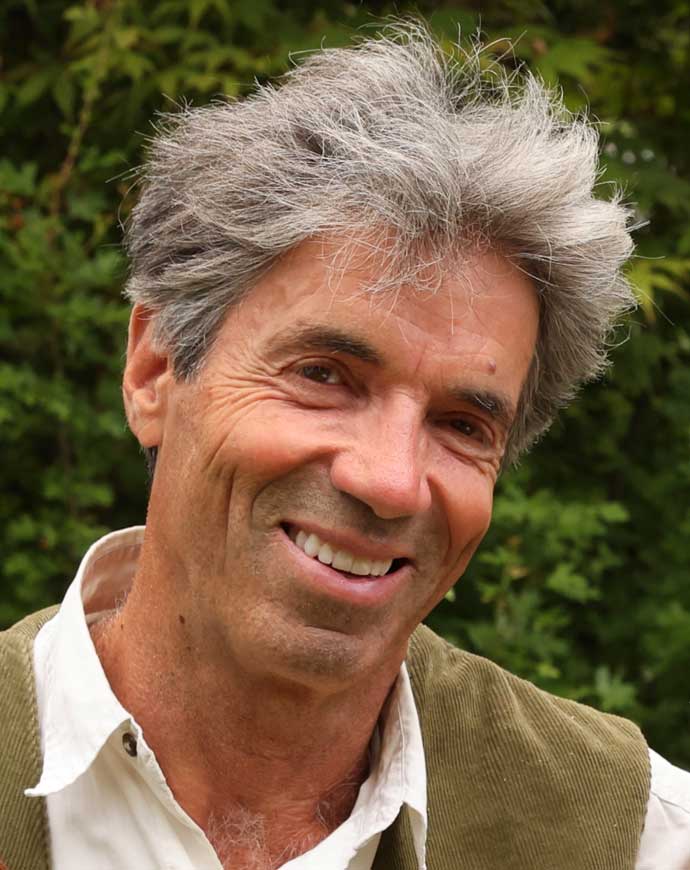Picture Worlds
Greek, Maya, and Moche Pottery
September 14 - December 15, 2024
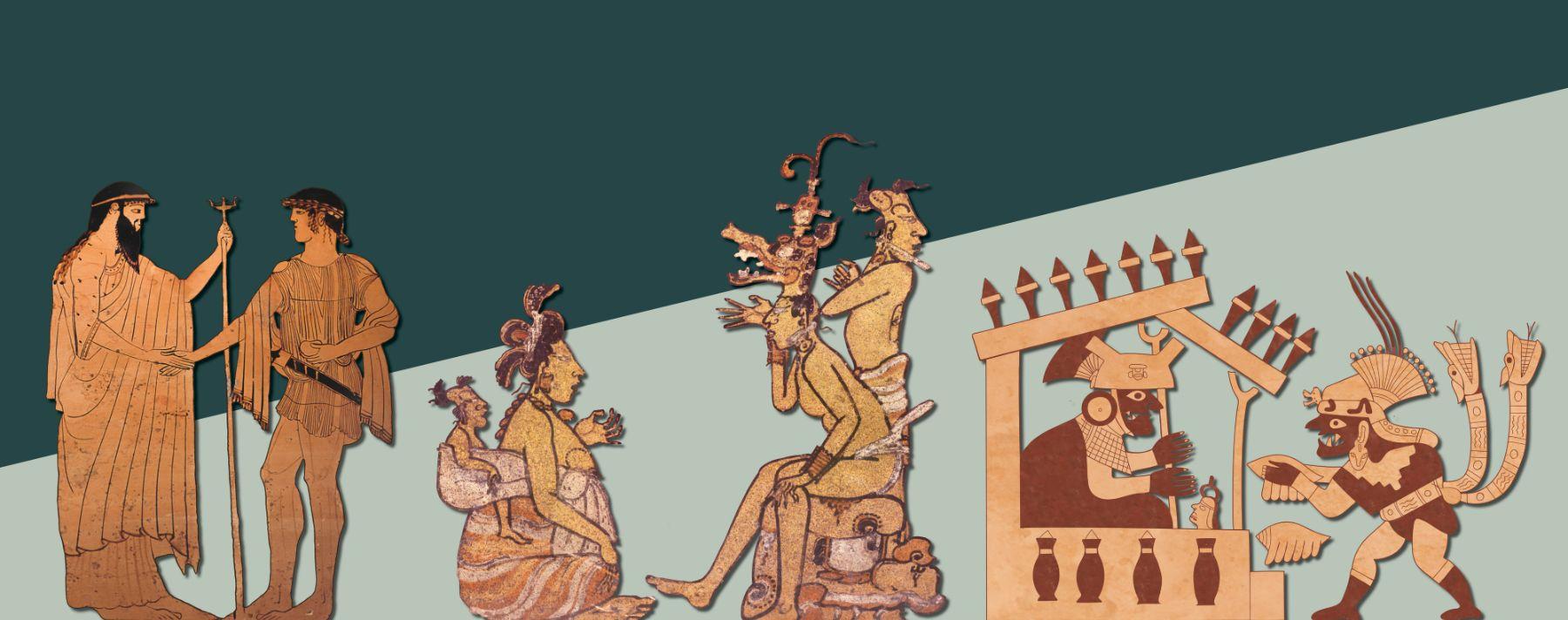
Among the many ancient cultures that produced painted pottery, the Greeks in the Mediterranean, the Maya in Central America, and the Moche of northern Peru stand out for their terracotta vessels enlivened with narrative imagery. Representing heroic adventures, divine encounters, and legendary events, these decorated ceramics provided a dynamic means of storytelling and social engagement.
By juxtaposing Greek, Maya, and Moche traditions, this exhibition invites conversation about the ways in which three unrelated cultures visualized their society, myths, and cosmos through their pottery. Who made and used these vessels? Which stories did they depict, and why? How did artists shape these accounts? Could images convey more than words? Each vessel displayed in this exhibition is a “picture world,” full of expressive possibility.
Organized by the J. Paul Getty Museum. Curated by David Saunders and Megan E. O’Neil.
Contemporary Maya Picture Worlds
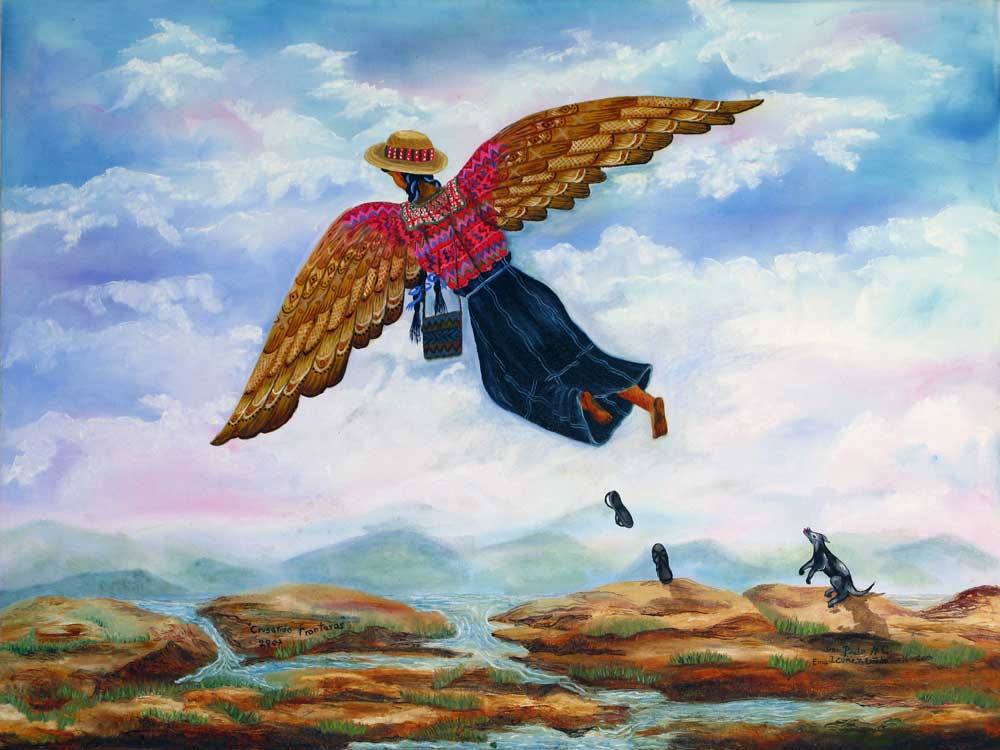
Complementing the Maya ceramics is a room within the exhibition of oil paintings made by five contemporary Maya artists from the highlands in Guatemala, to the south of where the Maya pottery in the exhibition derives. Their paintings are part of a contemporary art form developed by Maya artists in the 1930s but are in many ways connected to the creation of painted pottery, wall murals, and books by Maya artists in earlier times. They too are “picture worlds,” narrating stories about spirituality, ceremonies, ancestors, health, and government. They also comment upon the histories and futures of their communities and the larger region, including the armed conflict and genocide against Maya people in Guatemala from 1960 to 1996, and contemporary topics like immigration, human rights abuses, Indigenous rights, and celebration of Indigenous identity. The Tz’utujil and Kaqchikel Maya painters featured in the exhibition are among the more than eight million Maya people in Mexico, Guatemala, Belize, and Honduras, as well as in diaspora across the world, including in Atlanta, who speak one of approximately thirty-one Maya languages today.
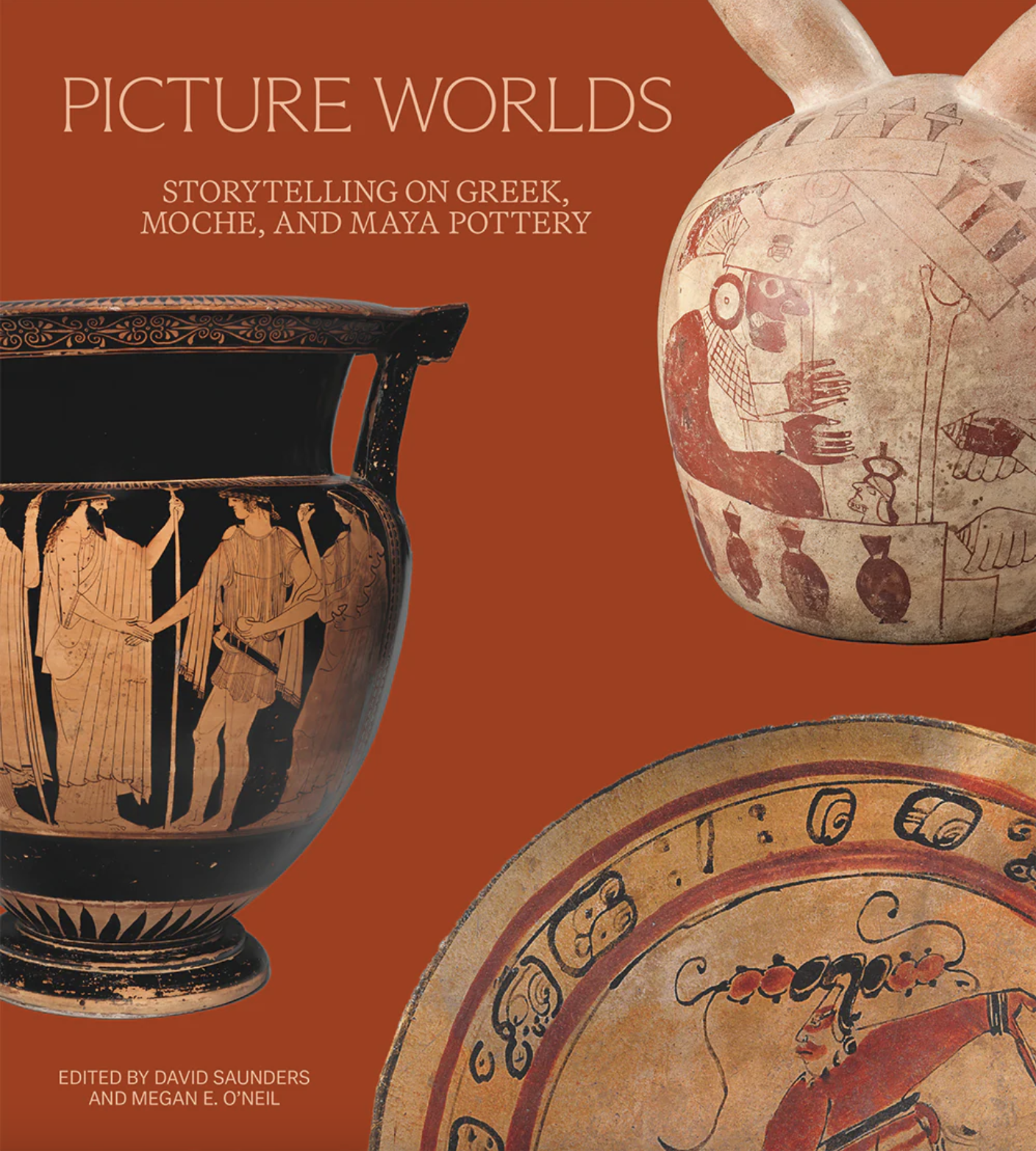
Picture Worlds: Storytelling on Greek, Moche, and Maya Pottery
Edited by David Saunders and
Megan E. O’Neil
This abundantly illustrated volume is the first to explore the painted pottery of the ancient Greek, Moche, and Maya cultures side by side.
The publication is available for purchase at the Carlos Museum Bookshop. Email the Museum Bookshop directly to order your copy for mail or in-store pick-up.
VIEW FULL CALENDAR
Headline image: Mixing Bowl with Poseidon and Theseus, Greek, 480–470 BCE, Attributed to the Harrow Painter. Terracotta. Harvard Art Museums / Arthur M. Sackler Museum, Cambridge, MA. Bequest of David M. Robinson. Image: © Presidents and Fellows of Harvard College; Drinking Vessel with the Maize God and Other Supernaturals, Maya, 600–700 CE. Ceramic with polychrome slip. Princeton University Art Museum, New Jersey. Gift of Stephanie H. Bernheim and Leonard H. Bernheim Jr. in honor of Gillett G. Griffin, 2005-127. Photo by Justin Kerr. Justin Kerr Maya Archive, Dumbarton Oaks, Trustees for Harvard University, Washington, D.C.; Stirrup-Spout Vessel with a Presentation of Shells, Moche, 500–800 CE. Terracotta. Adapted from a photo by Museo Larco, Lima, Peru, ML013653. Design © 2024 J. Paul Getty Trust

